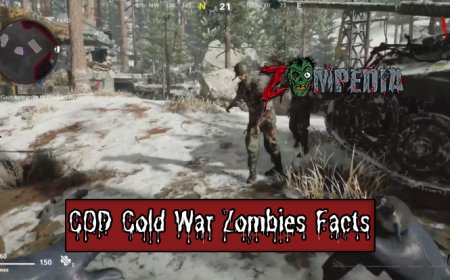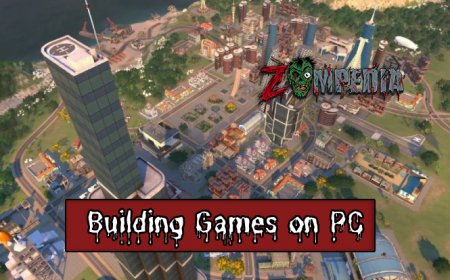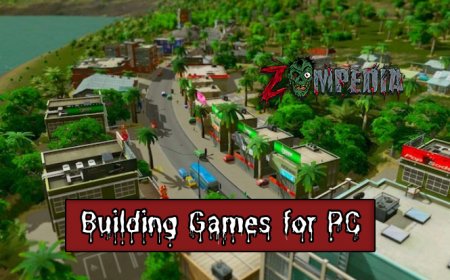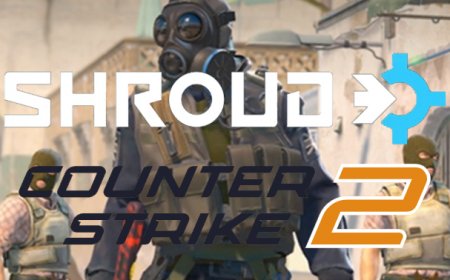Military Funded Video Games: Exploring Gaming & Defense Intersections
Discover the intriguing connection between gaming and defense through military-funded video games. Learn about their purpose, impact, and future possibilities.
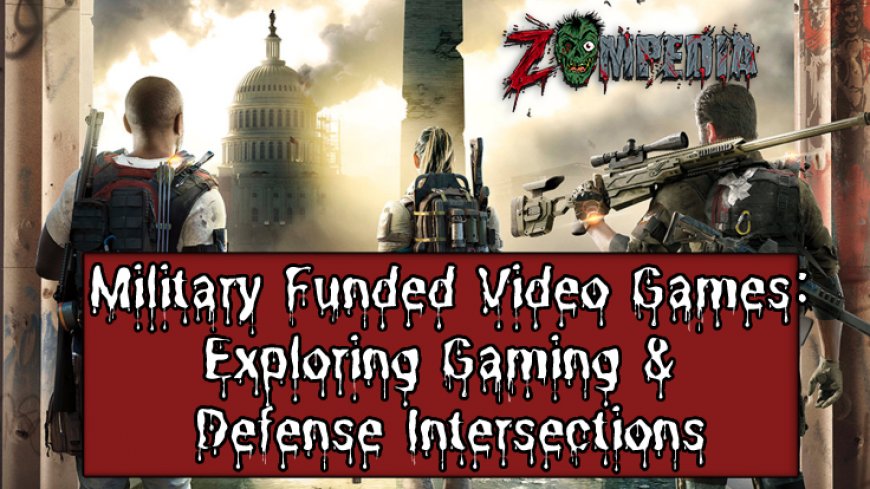
In today's technologically driven world, the realms of gaming and defense have begun to intersect in unexpected ways. This can be seen most clearly in the development and distribution of military-funded video games. Designed to assist in skill development, recruitment, and research, these games have garnered a significant amount of attention, shaping modern society's understanding of military technologies and strategies.
Table of Contents
- History of Military-Funded Video Games
- Purpose of Military-Funded Video Games
- Popular Military Funded Video Games
- Impact of Military-Funded Video Games on the Gaming Industry
- Ethical Considerations
- Future of Military-Funded Video Games
History of Military-Funded Video Games
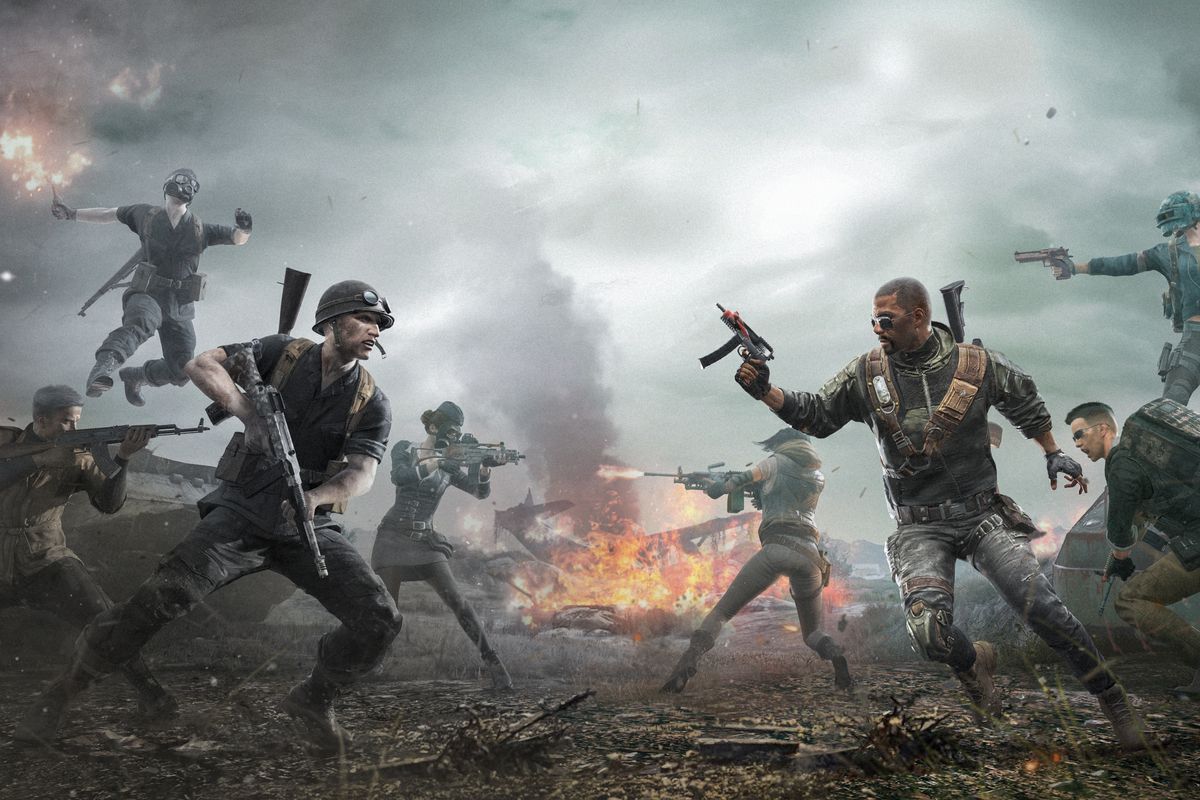
The history of military-funded video games can be traced back to early military simulations and wargames, which were used to train soldiers and develop strategies. These analog games evolved over time into computer-based simulations, providing a more immersive, realistic experience for the participants.
In the 1980s, researchers realized the potential for video games as training tools, leading to the development of military-funded games such as Harpoon and Falcon 4.0. These games featured realistic scenarios and mechanics that allowed users to practice various warfighting techniques. With the rapid advancement of technology in the 1990s and 2000s, the role of video games in military training grew more pronounced, leading to the creation of a new generation of military-funded video games.
Purpose of Military-Funded Video Games

Military-funded video games serve multiple purposes within the defense sector. By understanding these purposes, it is possible to better comprehend the motivation behind the development and distribution of these games.
- Training and skill development: One of the primary purposes of military-funded video games is to help soldiers develop the skills necessary for success on the battlefield. These games often simulate realistic scenarios and require users to make high-pressure decisions, enabling soldiers to learn and practice critical thinking, teamwork, and communication.
- Recruitment and public relations: Another important function of military-funded video games is to attract potential recruits and improve the public perception of the armed forces. Games such as America's Army showcase the high-tech capabilities of the military, providing users with a glimpse into the world of modern warfare.
- Research and technology development: Military-funded video games also serve as research platforms, allowing the armed forces to study the effectiveness of new tactics and technologies. By analyzing player behaviors and performance in simulated environments, military leaders can make informed decisions about what tools and strategies to implement on the battlefield.
Popular Military-Funded Video Games
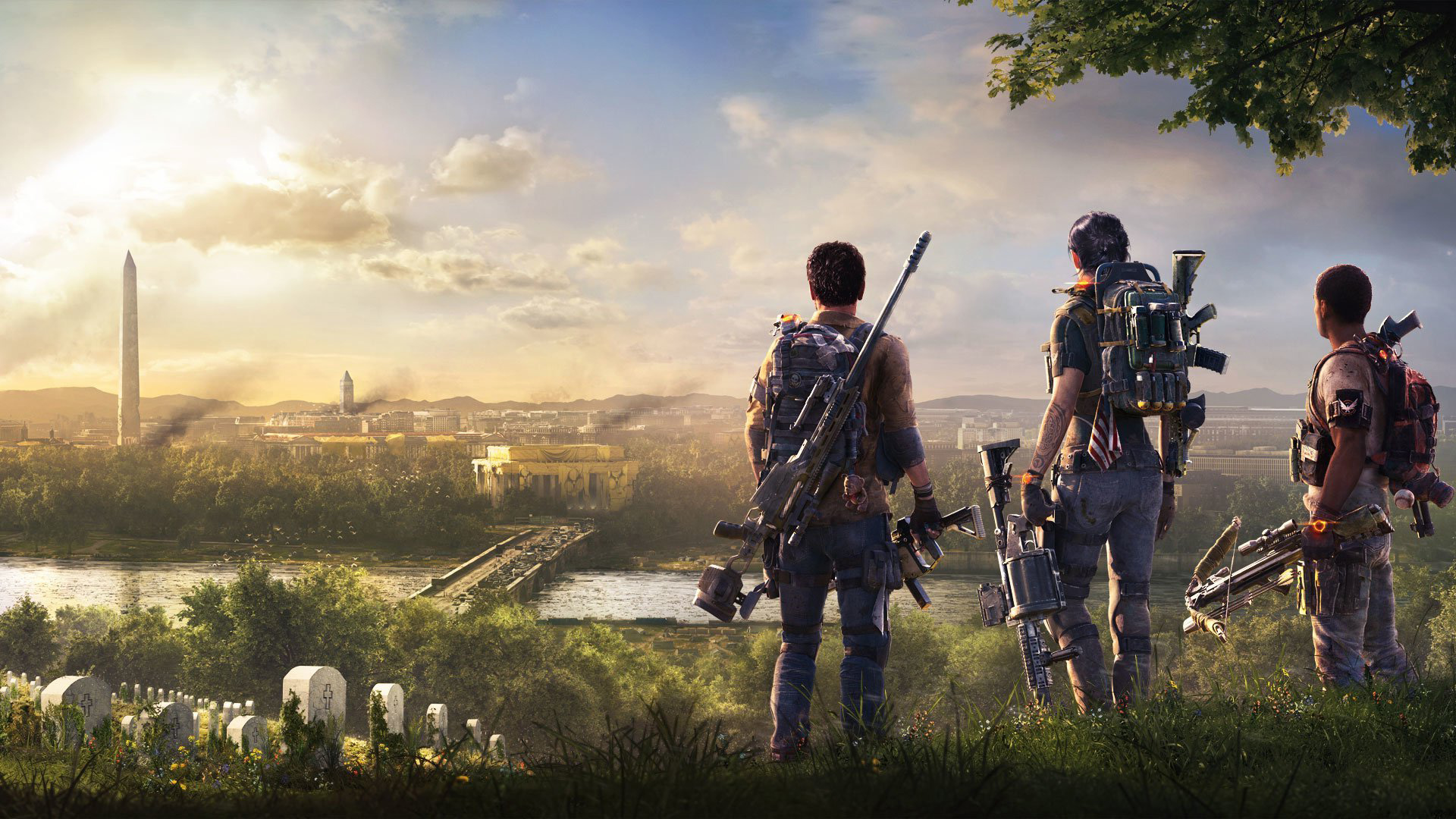
Many military-funded video games have achieved widespread recognition and popularity, both within and outside the military. These games are known not only for their educational value but also for their engaging gameplay and visuals.
- America's Army: Launched in 2002 by the United States Army, America's Army is a free-to-play series of first-person shooter games that provide players with an authentic military experience. The game has been praised for its realistic graphics and gameplay, as well as its focus on teamwork and communication.
- Full Spectrum Warrior: Developed by Pandemic Studios and funded by the United States Army, Full Spectrum Warrior is a tactical strategy game that simulates squad-based infantry combat. The game was initially designed to train soldiers in urban warfare but soon gained a commercial release due to its engaging gameplay.
- Virtual Battlespace: Created by Bohemia Interactive and funded by various military organizations, Virtual Battlespace is a series of military simulation games that provide users with a platform for training and mission rehearsal. With its realistic graphics and mechanics, the game allows soldiers to practice tactics, techniques, and procedures in a safe, simulated environment.
Impact of Military-Funded Video Games on the Gaming Industry

The popularity of military-funded video games has had a notable impact on the gaming industry as a whole. The influence of these games can be seen in various aspects of the industry, including technological advancements, game design, and collaboration between developers and the military.
- Advancements in gaming technology: Military-funded video games have contributed to the development of cutting-edge gaming technologies, such as advanced graphics, realistic physics, and complex artificial intelligence. These advances have inspired other game developers to be more innovative and push the limits of their games, ultimately contributing to the enhanced overall gaming experience.
- Influence on game design and storytelling: The immersive and realistic nature of military simulations has influenced game design in other genres. Developers have taken cues from military-funded games, incorporating elements of realism, strategic decision-making, and complex narratives into their own projects.
- Collaboration between military and game developers: Military-funded video games have encouraged greater collaboration between the defense sector and the gaming industry. This partnership allows game developers to access military expertise and technology, while the armed forces benefit from the creative skills and innovative thinking of game designers. This collaboration often leads to unique and engaging gameplay experiences that appeal to both military personnel and civilian gamers.
Ethical Considerations
While military-funded video games have provided valuable training tools and entertainment, they have also raised several ethical concerns. Issues such as potential propaganda, desensitization to violence, and privacy concerns should be considered when assessing the impact of these games on society.
- Potential for propaganda: Critics argue that military-funded video games can serve as propaganda tools, promoting a positive image of the armed forces while downplaying the harsh realities of war. This can potentially create a distorted view of the military and its actions, influencing public opinion and decisions.
- Desensitization to violence: Some observers argue that the realistic portrayals of violence and combat in military-funded video games can lead to desensitization among players, making them less affected by real-world acts of violence and war. This desensitization could potentially have negative consequences on moral and ethical decision-making, as well as society's overall response to armed conflicts and their consequences.
- Privacy and data collection concerns: Many military-funded video games collect performance data and other user information for research and development purposes. Critics worry about potential privacy issues and the ways in which this data could be misused or taken out of context.
Future of Military-Funded Video Games
As the world continues to embrace technology and innovation, the future of military-funded video games appears bright. Developers and the military alike are exploring new frontiers in gaming and defense, aiming to enhance training and educational platforms. Some key areas of potential growth and exploration include virtual reality, augmented reality, and artificial intelligence.
- Virtual reality and augmented reality applications: The emergence of virtual reality (VR) and augmented reality (AR) technologies has opened up a new realm of possibilities for military-funded video games. These technologies can offer more immersive and engaging training experiences, enabling soldiers to better prepare for the unique challenges they may face in real-world combat situations.
- Integration with artificial intelligence: The integration of artificial intelligence (AI) into military-funded video games provides numerous opportunities for enhancing the effectiveness of training and simulations. AI can be used to create smarter computer opponents, generate realistic scenarios, and analyze player performance to guide the development of more effective training tools.
- Potential for international collaboration and conflict resolution: Military-funded video games could serve as a platform for international cooperation and diplomacy. By allowing soldiers from different countries to train and collaborate within simulated environments, these games could promote mutual understanding and familiarity, potentially fostering greater cooperation and conflict resolution among nations.
Conclusion
Military-funded video games have left an indelible mark on the gaming and defense industries, introducing new technologies, design concepts, and training methodologies. As society continues to evolve, so too will the games themselves, driven by new advances in technology and the ever-changing nature of war. It is crucial to consider the ethical implications and societal impact of these games, but it is also important to recognize the innovative possibilities they present for the future of defense and gaming. As developers and military leaders continue to explore the intersection of gaming and defense, the future of military-funded video games will surely be one of growth, advancement, and collaboration.
What's Your Reaction?





































